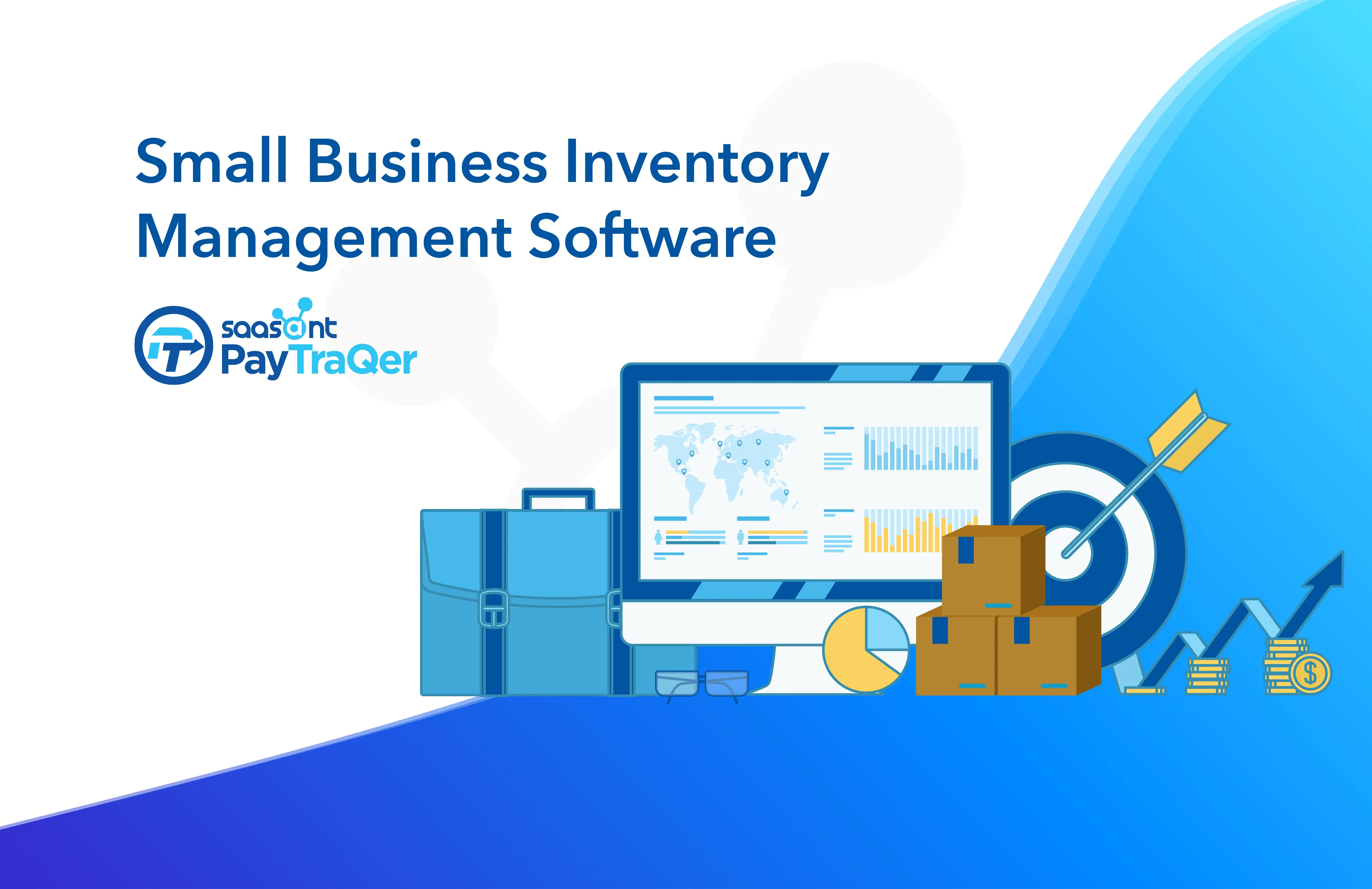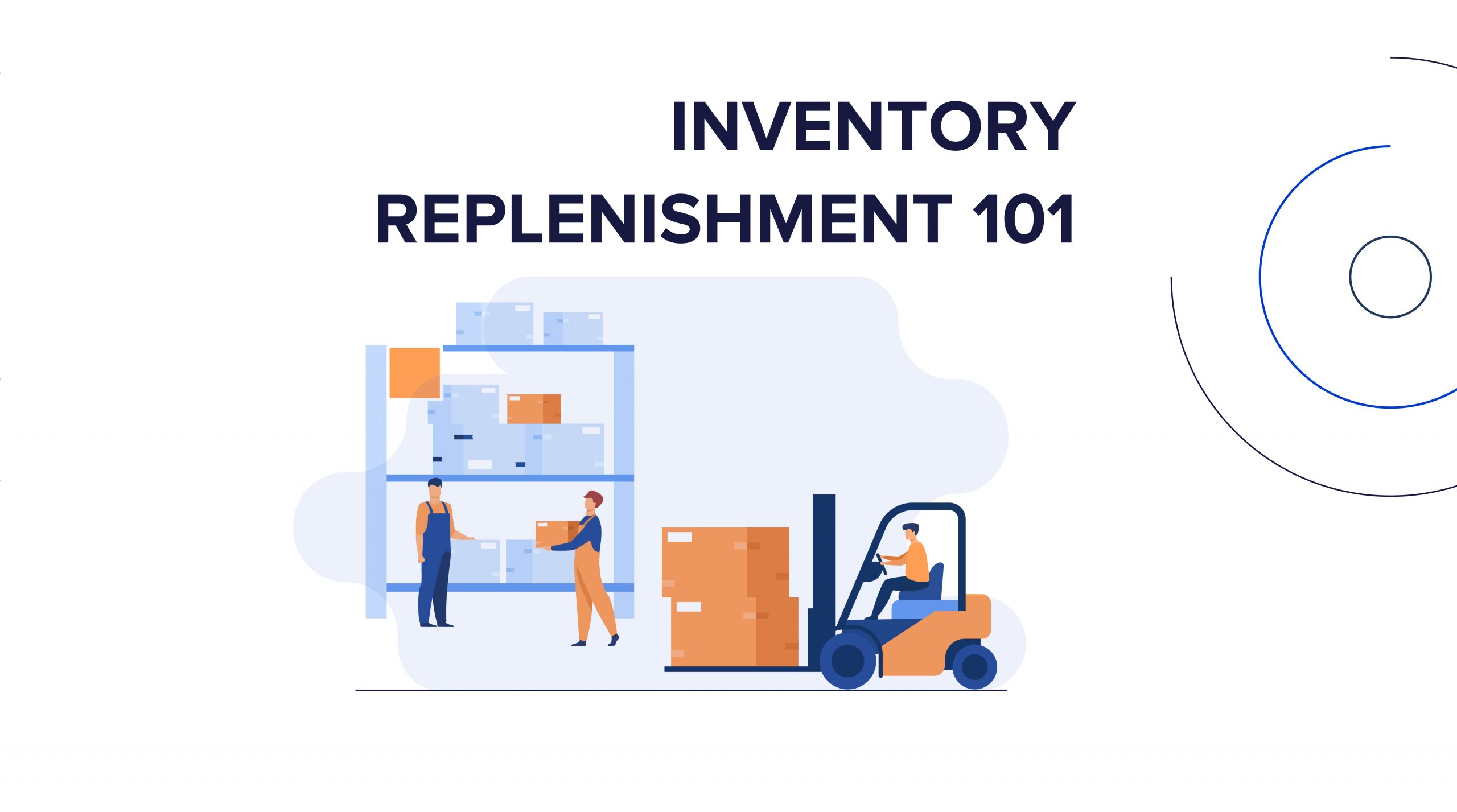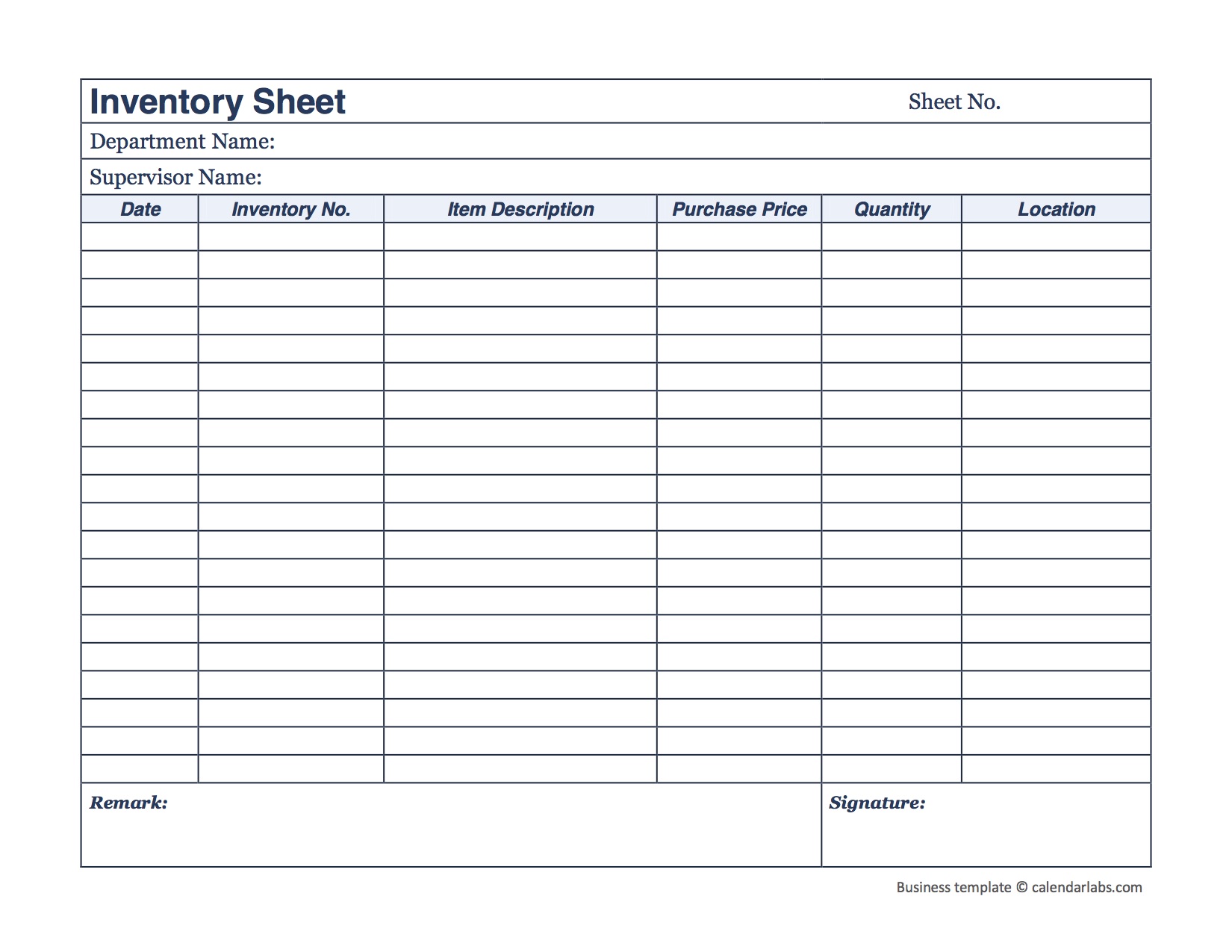Business inventory August 2019 presents a captivating exploration of the trends, strategies, optimization techniques, forecasting methods, and valuation approaches that shape the world of inventory management. This comprehensive analysis delves into the intricacies of inventory management, providing valuable insights and practical guidance for businesses seeking to optimize their operations and maximize profitability.
As businesses navigate the ever-changing landscape of consumer demand and economic conditions, understanding the nuances of inventory management becomes paramount. This report provides a roadmap for businesses to effectively manage their inventory levels, reduce costs, improve efficiency, and gain a competitive edge.
Business Inventory Trends
Business inventory levels in August 2019 showed a mixed picture across industries and sectors. Overall, inventory levels remained relatively stable compared to the previous month, but there were notable changes in certain sectors.
Factors influencing inventory levels included economic conditions, consumer demand, and supply chain disruptions. The ongoing trade tensions between the United States and China, as well as the slowing global economy, contributed to some uncertainty in the business environment. Additionally, changes in consumer spending patterns, such as the shift towards online shopping, also impacted inventory levels.
Inventory Levels by Industry
The manufacturing sector experienced a slight increase in inventory levels, driven by higher production levels in anticipation of future demand. The retail sector, on the other hand, saw a modest decline in inventory levels as retailers adjusted their stock levels to match consumer demand.
Factors Influencing Inventory Levels
The following factors influenced inventory levels in August 2019:
- Economic conditions: The slowing global economy and ongoing trade tensions contributed to some uncertainty in the business environment, leading to cautious inventory management.
- Consumer demand: Changes in consumer spending patterns, such as the shift towards online shopping, impacted inventory levels in certain sectors, such as retail.
- Supply chain disruptions: Supply chain disruptions, such as those caused by natural disasters or labor disputes, can also affect inventory levels.
Inventory Management Strategies

Inventory management is a critical aspect of supply chain management, ensuring that businesses have the right amount of inventory to meet customer demand while minimizing costs. Common inventory management strategies include:
- Just-in-time (JIT) inventory: Minimizes inventory levels by receiving goods only when needed, reducing storage costs and waste.
- Economic order quantity (EOQ): Determines the optimal quantity of inventory to order at a time, balancing inventory costs with ordering costs.
- Safety stock: Maintains a buffer of inventory to prevent stockouts, particularly for essential items or during periods of high demand.
Benefits and Drawbacks of Different Approaches, Business inventory august 2019
Each inventory management approach has its benefits and drawbacks:
- JIT: Low inventory costs, improved cash flow, but can lead to stockouts and production delays if demand is unpredictable.
- EOQ: Optimizes inventory levels, reducing both inventory and ordering costs, but requires accurate demand forecasting.
- Safety stock: Protects against stockouts, but increases inventory costs and can lead to obsolescence.
Successful Implementations
Several businesses have successfully implemented effective inventory management strategies:
- Toyota: Pioneered the JIT system, significantly reducing inventory levels and improving production efficiency.
- Amazon: Uses advanced algorithms to optimize inventory levels, enabling fast and reliable delivery.
- Zara: Maintains a low inventory turnover rate by producing small batches of clothing frequently, minimizing waste and responding quickly to fashion trends.
Inventory Optimization
Inventory optimization is the process of determining the optimal level of inventory to hold in order to minimize costs and improve efficiency. This involves balancing the need to have enough inventory on hand to meet customer demand with the need to avoid holding too much inventory, which can tie up cash and lead to waste.
There are a number of techniques that can be used to optimize inventory levels, including:
- ABC analysis: This technique involves classifying inventory items into three categories based on their annual usage value. A-items are the most valuable items and should be managed closely to avoid stockouts. B-items are less valuable and can be managed with a less stringent inventory policy.
C-items are the least valuable items and can be managed with a very relaxed inventory policy.
- VED analysis: This technique involves classifying inventory items into three categories based on their criticality to the business. V-items are vital to the business and should be managed very closely to avoid stockouts. E-items are essential to the business and should be managed with a less stringent inventory policy.
D-items are desirable but not essential to the business and can be managed with a very relaxed inventory policy.
- Safety stock: Safety stock is an additional amount of inventory that is held above the normal level to protect against unexpected demand or supply disruptions. The amount of safety stock that is needed will vary depending on the variability of demand and the lead time for replenishment.
Technology can play a significant role in inventory optimization. Inventory management software can help businesses track inventory levels, forecast demand, and generate purchase orders. This can help businesses to avoid stockouts and overstocking, and to improve the efficiency of their inventory management process.
Here are some case studies of businesses that have achieved significant inventory optimization:
- Amazon: Amazon has been a pioneer in inventory optimization. The company uses a variety of techniques, including ABC analysis, VED analysis, and safety stock, to manage its inventory levels. Amazon also uses technology to help it optimize its inventory management process.
For example, the company uses machine learning to forecast demand and to generate purchase orders.
- Walmart: Walmart is another company that has achieved significant inventory optimization. The company uses a variety of techniques, including cross-docking and vendor-managed inventory, to reduce its inventory levels. Walmart also uses technology to help it optimize its inventory management process.
For example, the company uses RFID tags to track inventory levels and to improve the efficiency of its supply chain.
Inventory Forecasting

Inventory forecasting is the process of predicting future demand for inventory items. This is a critical process for businesses, as it helps them to ensure that they have the right amount of inventory on hand to meet customer demand without overstocking or running out of stock.
There are a number of different methods for forecasting inventory demand. Some of the most common methods include:
- Historical data analysis: This method involves looking at past sales data to identify trends and patterns that can be used to predict future demand.
- Time series analysis: This method uses statistical techniques to analyze time series data (data that is collected over time) to identify patterns and trends that can be used to predict future demand.
- Causal forecasting: This method uses data on factors that influence demand, such as economic conditions, marketing campaigns, and weather, to predict future demand.
Each of these methods has its own advantages and disadvantages. The best method for a particular business will depend on the nature of the business, the type of inventory items being forecasted, and the availability of data.
Challenges and Limitations of Inventory Forecasting
Inventory forecasting is not an exact science. There are a number of factors that can make it difficult to accurately predict future demand. These factors include:
- Demand variability: Demand for inventory items can be highly variable, making it difficult to predict future demand with certainty.
- Unforeseen events: Unforeseen events, such as natural disasters, economic downturns, and changes in consumer preferences, can significantly impact demand for inventory items.
- Data limitations: The accuracy of inventory forecasts is limited by the availability and quality of data. If data is inaccurate or incomplete, it can lead to inaccurate forecasts.
Examples of Businesses that have Successfully Implemented Accurate Inventory Forecasting Systems
Despite the challenges, a number of businesses have successfully implemented accurate inventory forecasting systems. These businesses have been able to achieve significant benefits, including reduced inventory costs, improved customer service, and increased sales.
Some examples of businesses that have successfully implemented accurate inventory forecasting systems include:
- Amazon: Amazon uses a variety of inventory forecasting methods, including historical data analysis, time series analysis, and causal forecasting, to predict demand for its vast inventory of products.
- Walmart: Walmart uses a combination of historical data analysis and time series analysis to forecast demand for its inventory of over 100,000 items.
- Target: Target uses a sophisticated inventory forecasting system that incorporates data from a variety of sources, including sales data, economic data, and weather data.
These businesses have been able to achieve significant benefits from their inventory forecasting systems. By accurately predicting future demand, they have been able to reduce inventory costs, improve customer service, and increase sales.
Inventory Valuation

Inventory valuation is the process of assigning a monetary value to the inventory held by a business. It is an important aspect of accounting as it affects the financial statements of a company. There are several methods for valuing inventory, each with its own advantages and disadvantages.The most common inventory valuation methods include:
First-In, First-Out (FIFO)
- Under FIFO, the cost of goods sold is based on the assumption that the oldest inventory is sold first.
- This method is often used when inventory items are perishable or have a short shelf life.
Last-In, First-Out (LIFO)
- Under LIFO, the cost of goods sold is based on the assumption that the most recently acquired inventory is sold first.
- This method can be advantageous when inventory costs are rising, as it results in lower cost of goods sold and higher net income.
Weighted Average Cost
- Under the weighted average cost method, the cost of goods sold is based on the average cost of all inventory items on hand.
- This method is often used when inventory items are not easily distinguishable or when the cost of each item is not significant.
Specific Identification
- Under the specific identification method, each inventory item is assigned a unique cost.
- This method is often used when inventory items are unique or have a high value.
The choice of inventory valuation method can have a significant impact on a company’s financial statements. For example, FIFO can result in higher cost of goods sold and lower net income during periods of rising inventory costs, while LIFO can result in lower cost of goods sold and higher net income during periods of rising inventory costs.Accurate inventory valuation is important for several reasons.
First, it provides a basis for calculating the cost of goods sold, which is a key component of the income statement. Second, it allows companies to track the value of their inventory and make informed decisions about inventory management. Third, it helps companies to comply with accounting standards and regulations.
Final Conclusion: Business Inventory August 2019

In conclusion, business inventory August 2019 serves as an indispensable resource for businesses seeking to master the art of inventory management. By embracing the strategies, techniques, and best practices Artikeld in this report, businesses can unlock significant value, enhance their operational efficiency, and position themselves for long-term success.
FAQ Section
What are the key trends in business inventory levels for August 2019?
Inventory levels across industries generally remained stable in August 2019, with some sectors experiencing slight increases and others witnessing modest declines.
How can businesses optimize their inventory levels to reduce costs and improve efficiency?
Businesses can employ various inventory optimization techniques, such as implementing just-in-time inventory systems, leveraging technology for real-time inventory tracking, and establishing strategic partnerships with suppliers.
What are the challenges and limitations of inventory forecasting?
Inventory forecasting can be challenging due to factors such as unpredictable consumer demand, supply chain disruptions, and economic fluctuations.
